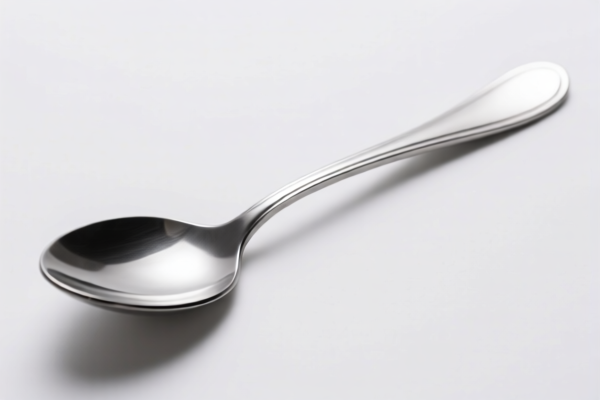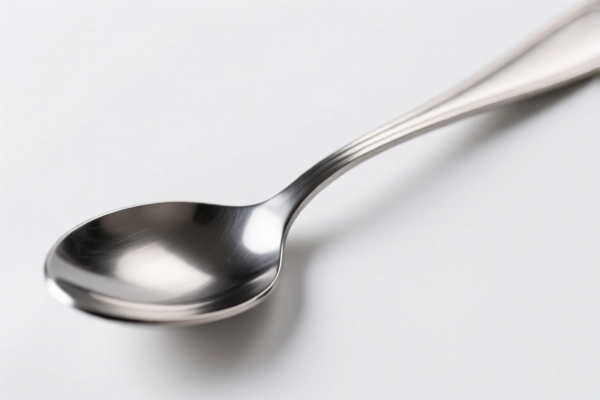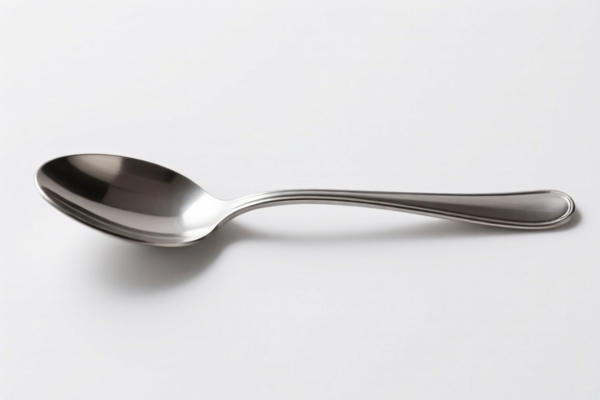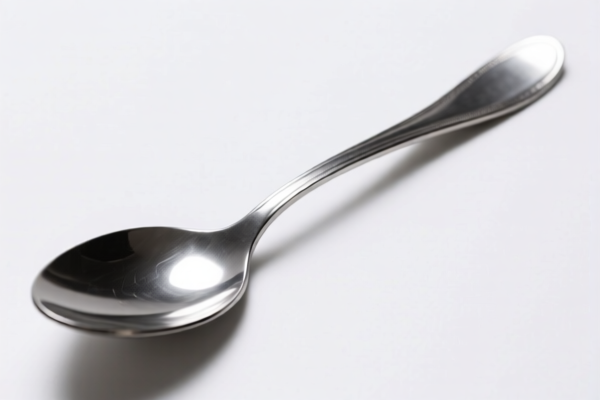| HS Code | Official Doc | Tariff Rate | Origin | Destination | Effective Date |
|---|---|---|---|---|---|
| 7115906000 | Doc | 59.0% | CN | US | 2025-05-12 |
| 7115903000 | Doc | 58.9% | CN | US | 2025-05-12 |
| 8215916000 | Doc | 41.7% | CN | US | 2025-05-12 |
| 8215993000 | Doc | 44.0% | CN | US | 2025-05-12 |
| 9601908000 | Doc | 41.2% | CN | US | 2025-05-12 |
| 9601906000 | Doc | 37.5% | CN | US | 2025-05-12 |
| 9604000000 | Doc | 42.4% | CN | US | 2025-05-12 |
| 7323993000 | Doc | 63.2% | CN | US | 2025-05-12 |
| 7323999030 | Doc | 83.4% | CN | US | 2025-05-12 |
| 3924102000 | Doc | 44.0% | CN | US | 2025-05-12 |
| 3924104000 | Doc | 33.4% | CN | US | 2025-05-12 |
| 3926901600 | Doc | 40.6% | CN | US | 2025-05-12 |
| 3926901600 | Doc | 40.6% | CN | US | 2025-05-12 |




Bowl Spoon
A bowl spoon is a type of spoon specifically designed for use with bowls, typically for consuming liquid or semi-liquid foods like soup, cereal, yogurt, or ice cream. Its shape and size are optimized for scooping from a curved vessel.
Material
Bowl spoons are commonly manufactured from a variety of materials, each offering different properties:
- Stainless Steel: The most prevalent material due to its durability, resistance to corrosion, ease of cleaning, and relatively low cost.
- Plastic: Lightweight and inexpensive, often used for disposable or children's cutlery. Various plastic types are employed, including polypropylene and melamine.
- Ceramic: Offers aesthetic appeal and good heat retention, often used for Asian cuisines like ramen or pho. More prone to breakage than metal.
- Wood: Traditional material, particularly bamboo or other hardwoods. Provides a natural aesthetic and doesn’t conduct heat as readily as metal. Requires more care in cleaning and maintenance.
- Silver: Used for formal dining, prized for its aesthetic qualities and perceived value. Requires polishing to maintain its shine.
Purpose
The primary purpose of a bowl spoon is to facilitate the consumption of foods served in bowls. This includes:
- Scooping: Efficiently collecting liquid or semi-solid food from the bowl's curvature.
- Lifting: Transporting the food to the mouth.
- Eating: Delivering the food for consumption.
Function
The function of a bowl spoon is defined by its design:
- Bowl Shape: The spoon's concave shape is optimized for fitting the curvature of typical bowls.
- Handle Length: Provides sufficient reach and leverage for comfortable eating.
- Bowl Depth: The depth of the spoon bowl determines the amount of food it can hold per scoop.
- Edge Design: Rounded edges are common for smooth scooping and comfortable use.
Usage Scenarios
Bowl spoons are used in a wide variety of settings:
- Home Dining: Everyday use for meals like soup, cereal, or desserts.
- Restaurants & Cafés: Serving soups, ice cream, yogurt, and other bowl-based dishes.
- Formal Events: Silver or ceramic spoons are used for elegant dining experiences.
- Camping & Outdoors: Lightweight plastic or titanium spoons are used for convenient portability.
- Baby/Toddler Feeding: Smaller, specially designed spoons are used for infants and young children.
Common Types
Several variations of bowl spoons exist, tailored to specific uses:
- Round Bowl Spoon: The most common type, suitable for general use.
- Chinese Soup Spoon: Typically larger and deeper than Western spoons, often with a flat edge for scraping the bottom of the bowl.
- Pho Spoon: Similar to Chinese soup spoons, designed for consuming noodle soups.
- Cereal Spoon: Slightly smaller than round bowl spoons, optimized for cereal consumption.
- Ice Cream Spoon: Often features a pointed tip for easily breaking ice cream and a wider bowl for larger scoops.
- Dessert Spoon: Smaller than a standard spoon, used for desserts like pudding or yogurt.
- Baby Spoon: Small, shallow bowl with a soft, rounded edge for safe feeding.
Based on the provided information, “bowl spoon” can be classified under the following HS codes:
-
7115906000: This HS code falls under Chapter 71, which covers articles of precious metal or of metal clad with precious metal. Specifically, it covers “Other” articles, further categorized as “Other”, and then “Other”. The applicable tax rates are a base tariff of 4.0%, an additional tariff of 25.0%, and a tariff of 30.0% after April 2, 2025, resulting in a total tariff of 59.0%. This code would apply if the bowl spoon is made of precious metal.
-
8215916000: This HS code is under Chapter 82, covering spoons, forks, ladles, skimmers, cake-servers, fish-knives, butter-knives, sugar tongs and similar kitchen or tableware, and base metal parts thereof. It specifically covers “Other” articles that are “Plated with precious metal”, and then “Spoons and ladles”. The applicable tax rates are a base tariff of 4.2%, an additional tariff of 7.5%, and a tariff of 30.0% after April 2, 2025, resulting in a total tariff of 41.7%.
-
8215993000: Also under Chapter 82, this HS code covers “Other” articles, specifically “Spoons and ladles” with stainless steel handles and valued under 25¢ each. The applicable tax rates are a base tariff of 14.0%, an additional tariff of 0.0%, and a tariff of 30.0% after April 2, 2025, resulting in a total tariff of 44.0%.
-
3924102000: This HS code falls under Chapter 39, covering tableware, kitchenware, other household articles and hygienic or toilet articles, of plastics. Specifically, it covers “Tableware and kitchenware”, further categorized as “Plates, cups, saucers, soup bowls, cereal bowls, sugar bowls, creamers, gravy boats, serving dishes and platters”. The applicable tax rates are a base tariff of 6.5%, an additional tariff of 7.5%, and a tariff of 30.0% after April 2, 2025, resulting in a total tariff of 44.0%.
-
3924104000: Also under Chapter 39, this HS code covers “Tableware and kitchenware”, specifically “Other”. The applicable tax rates are a base tariff of 3.4%, an additional tariff of 0.0%, and a tariff of 30.0% after April 2, 2025, resulting in a total tariff of 33.4%.
Customer Reviews
No reviews yet.